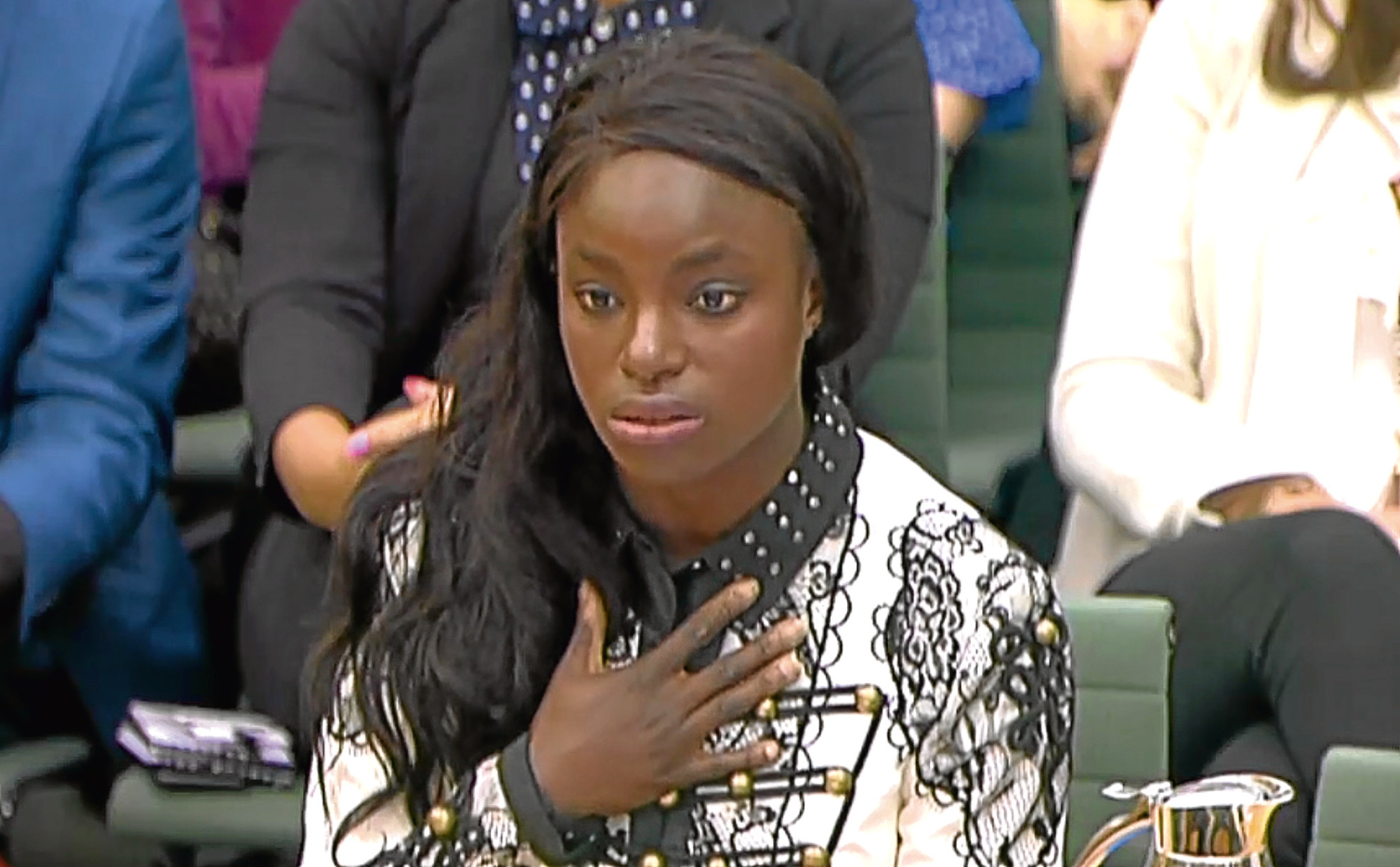
THE FA used to lurch from one crisis to another.
But, in recent years, I started to think they’d finally gotten themselves on an even keel.
I should have known better.
We all should have.
The way English football’s governing body has handled the Eniola Aluko race discrimination case has been nothing short of disgraceful.
From start to finish, they made a mess of the whole thing.
For the player herself – whose complaints have been vindicated after 18 months – it spelled a sad end to a distinguished England career.
Meanwhile, Mark Sampson, the manager she accused of making discriminatory remarks to her and a team-mate, kept his job until evidence emerged of “inappropriate and unacceptable” behaviour in a previous role.
What an absolute shambles.
First things first, the FA should have researched Sampson’s background thoroughly, before offering him the top job in English ladies’ football.
After that, once Aluko made her allegations, those should have been fully and properly investigated.
Instead, Aluko, with 102 caps to her name, ended up being dropped, while Sampson was cleared and continued to manage the national side.
That it took another two months – and a parliamentary hearing – for the FA to admit it had made mistakes is shocking.
For chief executive Martin Glenn to claim at the very same hearing that: “On balance I think we do a good job” is completely tone deaf.
Imagine how Aluko must be feeling today. She has had to wait a year-and-a-half for someone to acknowledge the truth of her claims.
On one hand she’ll be delighted. On the other she’ll be absolutely horrified.
I’m not surprised folk are questioning whether Glenn – and FA chairman Greg Clarke – can continue in their roles. After all, this is a proper, old-fashioned FA foul-up.
And I reckon they could have another big problem on the horizon in the shape of “Big” Sam Allardyce.
Just over a year has passed since Sam was sacked as England manager after just 67 days in charge.
I doubt many fans have given the decision a second thought.
But Sam has never let it drop – and neither have his lawyers.
I haven’t spoken to Sam personally on the subject, but I’m aware he feels hard done by over the way the FA handled his sacking.
Then news broke that he is preparing to sue the governing body for damages over comments made by Glenn and Clarke.
Sam reckons they didn’t wait for the full facts of his case to emerge before they punted him out of Wembley.
If their humiliation – and that’s exactly how it should be seen – over Aluko isn’t enough to trigger change, a potential seven-figure pay out to Allardyce will certainly do the job.
Either thing on its own is the kind of mess that could bring down bosses.
Together, one after another, they could trigger root-and-branch reform.
Frankly, I don’t think you’ll find too many people in football who would argue that’s not what the FA needs.

Enjoy the convenience of having The Sunday Post delivered as a digital ePaper straight to your smartphone, tablet or computer.
Subscribe for only £5.49 a month and enjoy all the benefits of the printed paper as a digital replica.
Subscribe